Measurement and Analysis of Loran-C Sky Waves throughout the Day
Abstract
:1. Introduction
2. The Data Acquisition and Processing Method
2.1. Loran-C Signals
2.2. Data Acquisition
2.3. The Linear Average Method
2.4. The Algorithm Applied to Loran-C
3. Analysis and Discussion of the Results
3.1. The Results for Pucheng Station
3.2. The Results for the North Sea Chain
3.3. Discussion
4. Conclusions
Author Contributions
Funding
Data Availability Statement
Conflicts of Interest
References
- United States Coast Guard. Loran-C User Handbook; Department of Transportation, Coast Guard: Washington, DC, USA, 1992. [Google Scholar]
- Davies, K. Ionospheric Radio; Waves Series; IEEE: London, UK, 1990. [Google Scholar]
- Wang, J.C.H. An objective evaluation of available LF/MF sky-wave propagation models. Radio Sci. 1999, 34, 703–713. [Google Scholar] [CrossRef]
- Pan, W.Y. Long Wave Ultra Long Wave Extremely Long Wave Propagation; University of Electronic Science and Technology Press: Chengdu, China, 2004. (In Chinese) [Google Scholar]
- Berenger, J.P. Finite-Difference Computation of VLF-LF Propagation in the Earth-Ionosphere Waveguide. In Proceedings of the EUROEM Symposium, Bordeaux, France, 30 May–3 June 1994. [Google Scholar]
- Thèvenot, M.; Bérenger, J.-P.; Monedière, T.; Jecko, F. A FDTD scheme for the computation of VLF-LF propagation in the anisotropic earth-ionosphere waveguide. Ann. Telecommun. 1999, 54, 297–310. [Google Scholar] [CrossRef]
- Simpson, J.J.; Taflove, A. A Review of Progress in FDTD Maxwell’s Equations Modeling of Impulsive Subionospheric Propagation Below 300 kHz. IEEE Trans. Antennas Propag. 2007, 55, 1582–1590. [Google Scholar] [CrossRef]
- Bérenger, J.P. An implicit FDTD scheme for the propagation of VLF-LF radio waves in the Earth-ionosphere waveguide. Comptes Rendus Phys. 2014, 15, 393–402. [Google Scholar] [CrossRef]
- ITU-R. Prediction of Field Strength at Frequencies Below About 150 kHz; ITU-R: Geneva, Switzerland, 1990. [Google Scholar]
- Zhou, L.; Wang, Q.; Mu, Z.; Yan, J.; Zhu, J.; He, L. Decomposition of LF resultant waves with multi-propagation modes in the earth-ionosphere waveguide. IEEE Trans. Antennas Propag. 2020, 69, 3443–3450. [Google Scholar] [CrossRef]
- Zhou, L.; Jiang, Y.; Mu, Z.; Wang, Q.; Hu, X.; He, L. Study of Loran-C One-Hop Sky-Wave Fields at Different Altitudes Above the Ground. IEEE Antennas Wirel. Propag. Lett. 2021, 20, 2368–2371. [Google Scholar] [CrossRef]
- Zhao, Z.; Liu, J.; Pu, Y.; Zhang, J.; Xi, X. Analysis of low-frequency sky wave signal characteristics based on IRI ionospheric model. Chin. J. Radio Sci. 2022, 37, 898–904. (In Chinese) [Google Scholar]
- Zhao, Z.; Liu, J.; Zhang, J.; Pu, Y.; Xi, X. The Effect of Random Characteristics of Ionosphere on the Propagation of ELoran Sky Waves. IEEE Trans. Plasma Sci. 2023, 51, 2044–2054. [Google Scholar] [CrossRef]
- Yi, B.; Last, J.D. Novel techniques for loran-C skywave estimation. Navigation 1994, 41, 113–125. [Google Scholar]
- Mohammed, A.; Last, D. IFFT technique for skywave detection in Loran-C receivers. Electron. Lett. 2001, 37, 398–400. [Google Scholar] [CrossRef]
- Mohammed, A.; Last, D. Loran-C skywave delay detection using ARMA algorithm. Electron. Lett. 1998, 34, 1654–1655. [Google Scholar] [CrossRef]
- Yi, B.; Last, D. Eigen-decomposition techniques for Loran-C skywave estimation. IEEE Trans. Aerosp. Electron. Syst. 1997, 33, 117–125. [Google Scholar]
- Mohammed, A. Estimation of loran-C ionospheric signal parameters via ESPRIT algorithm. In Proceedings of the Second European Conference on Antennas and Propagation, EuCAP 2007, Edinburgh, UK, 11–16 November 2007; pp. 1–5. [Google Scholar]
- Kai, Z.; Guobin, W.; Xiaoli, X. Loran-C skywave delay estimation using hybrid-WRELAX algorithm. Electron. Lett. 2017, 53, 1426–1427. [Google Scholar]
- Kai, Z.; Guobin, W.; Xiaoli, X. Skywave delay estimation in Enhanced Loran based on Extended Invariance Principle Weighted Fourier transform and Relaxation algorithm. IET Radar Sonar Navig. 2019, 13, 1344–1349. [Google Scholar]
- Zhao, Z.; Liu, J.; Zhang, J.; Xi, X. Sky–ground wave signal separation in enhanced Loran based on Levenberg–Marquart algorithm. IET Radar Sonar Navig. 2021, 16, 1–8. [Google Scholar] [CrossRef]
- Shapiro, L.D. Loran-C Sky-Wave Delay Measurements. IEEE Trans. Instrum. Meas. 1968, 17, 366–372. [Google Scholar] [CrossRef]
- Wang, J. Seasonal Variation of LF/MF Sky-Wave Field Strengths. IEEE Trans. Broadcast. 2008, 54, 437–440. [Google Scholar] [CrossRef]
- Huaiyun, P.; Yu, C.; Weiyan, P. Analysis of influence of solar eclipse on long-wave sky wave propagation and lower ionosphere. Chin. J. Radio Sci. 2011, 25, 239–243. [Google Scholar]
- Weiyan, P.; Guangquan, H. A Method for Obtaining Equivalant Height and the Reflection Coefficient of Lower Ionosphere by Measuring Loran-C Signal Waveforms. Chin. J. Radio Sci. 1986, 1, 28–40. [Google Scholar]
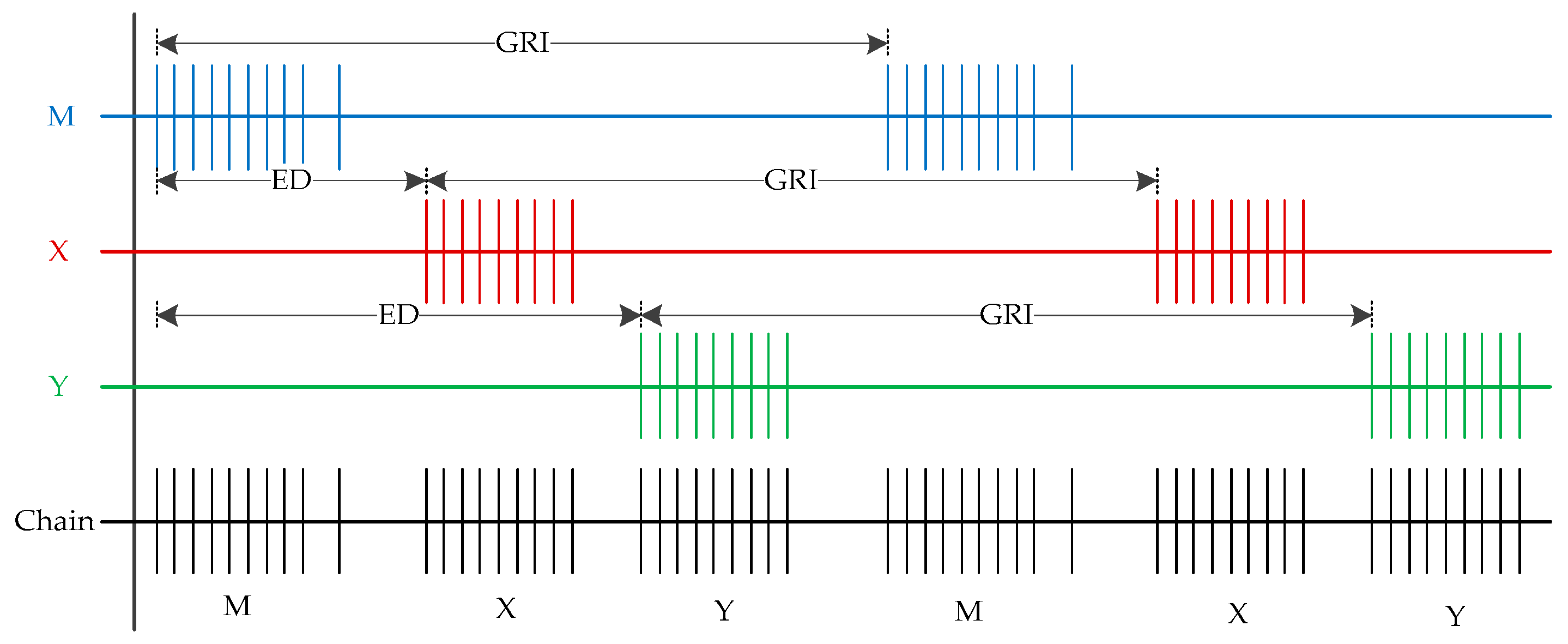

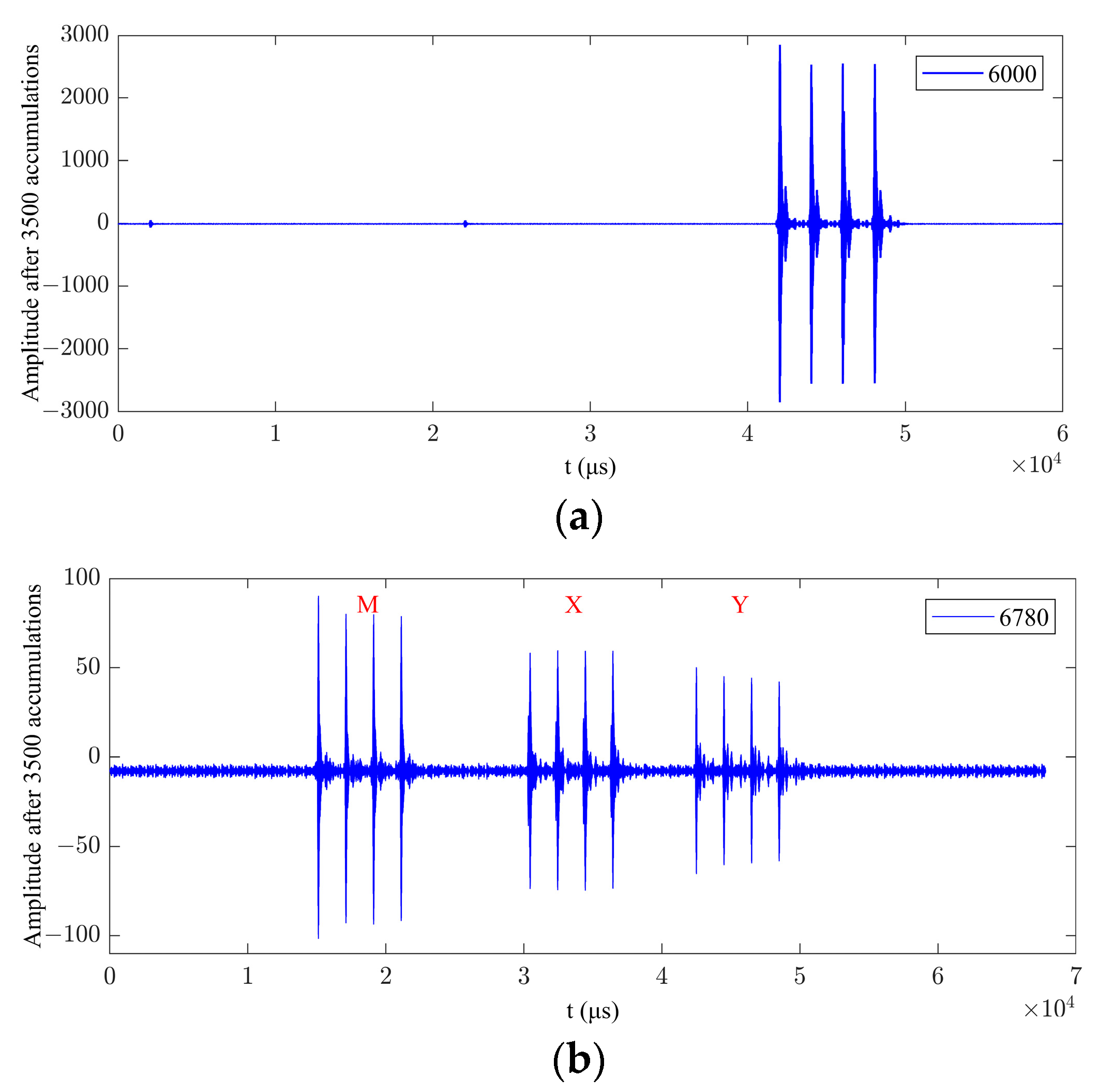

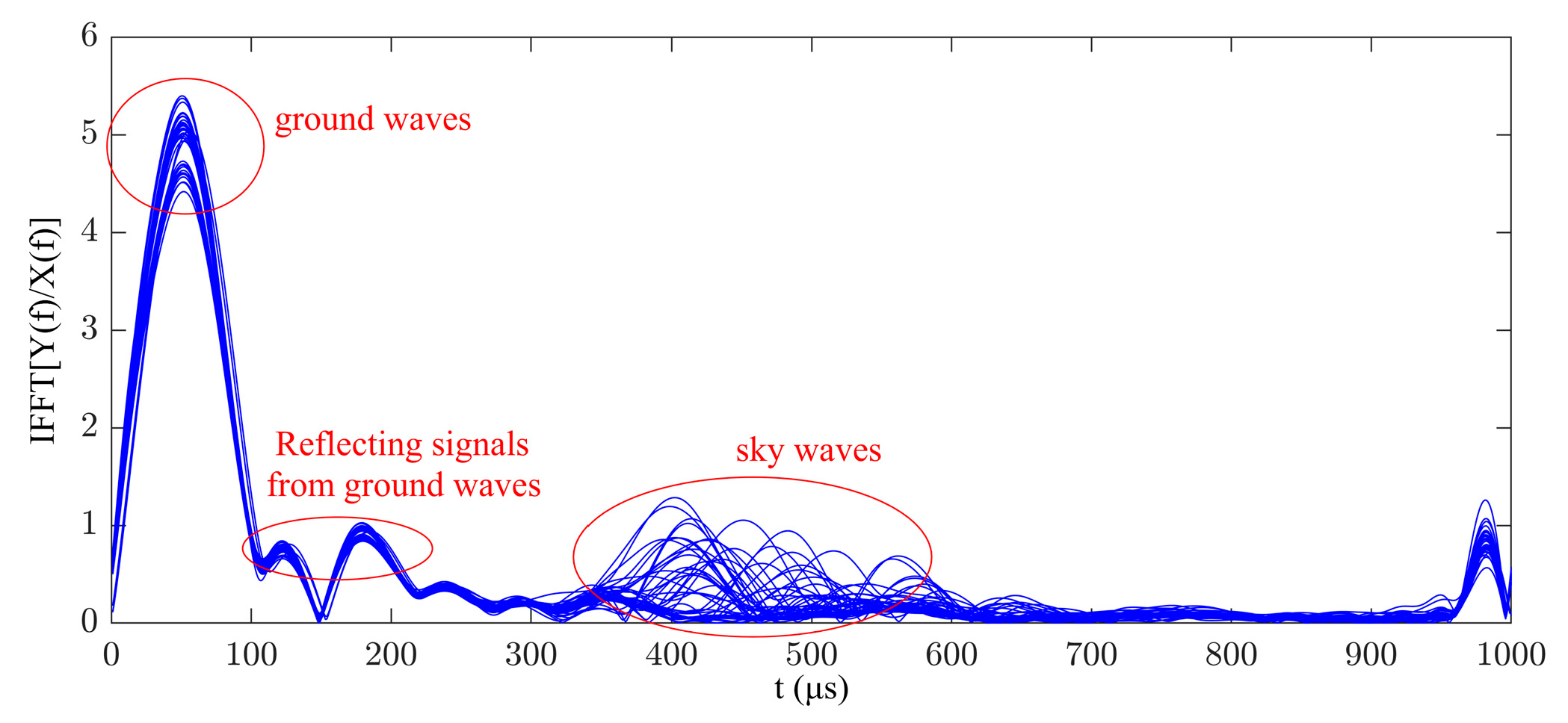
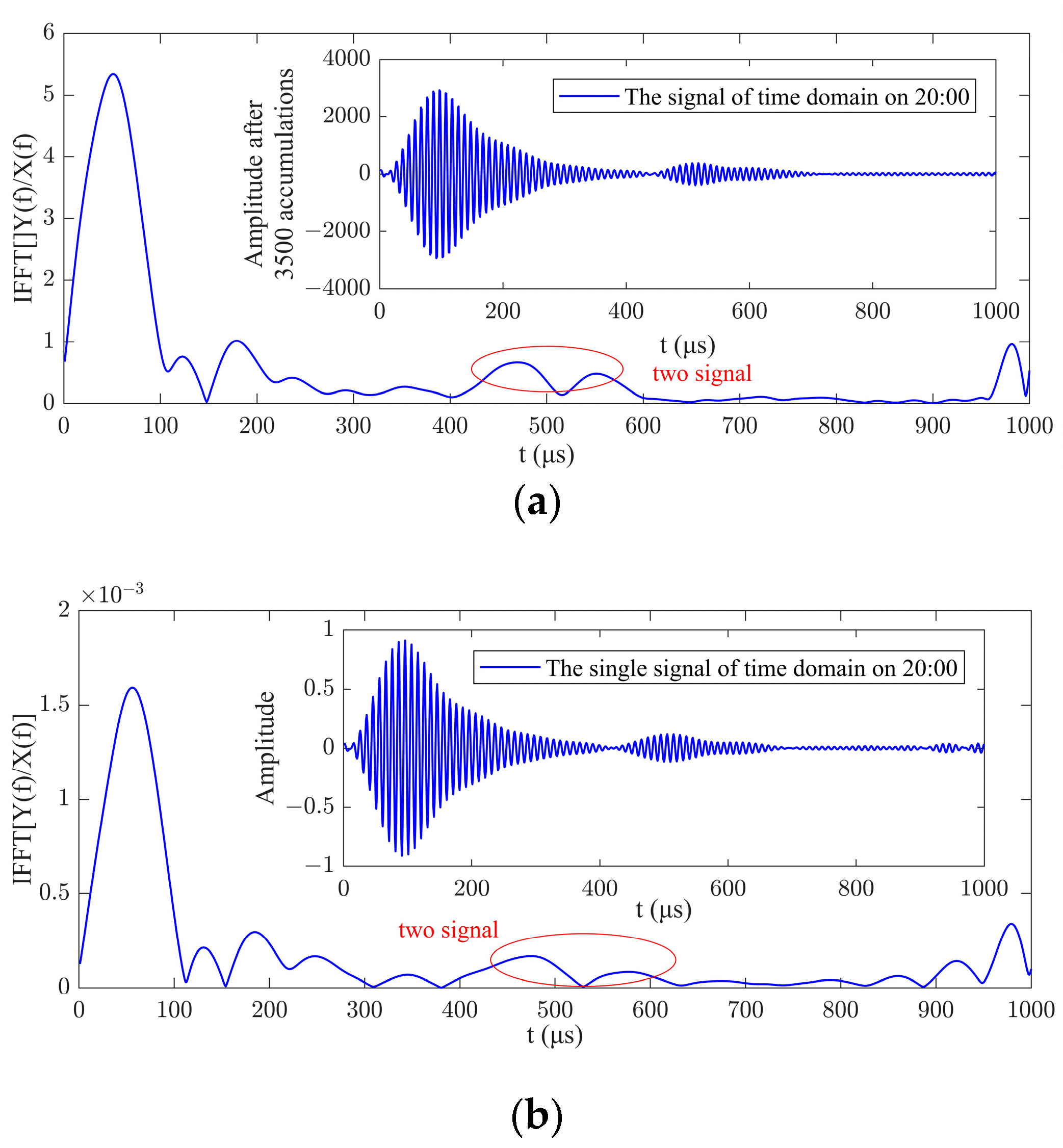

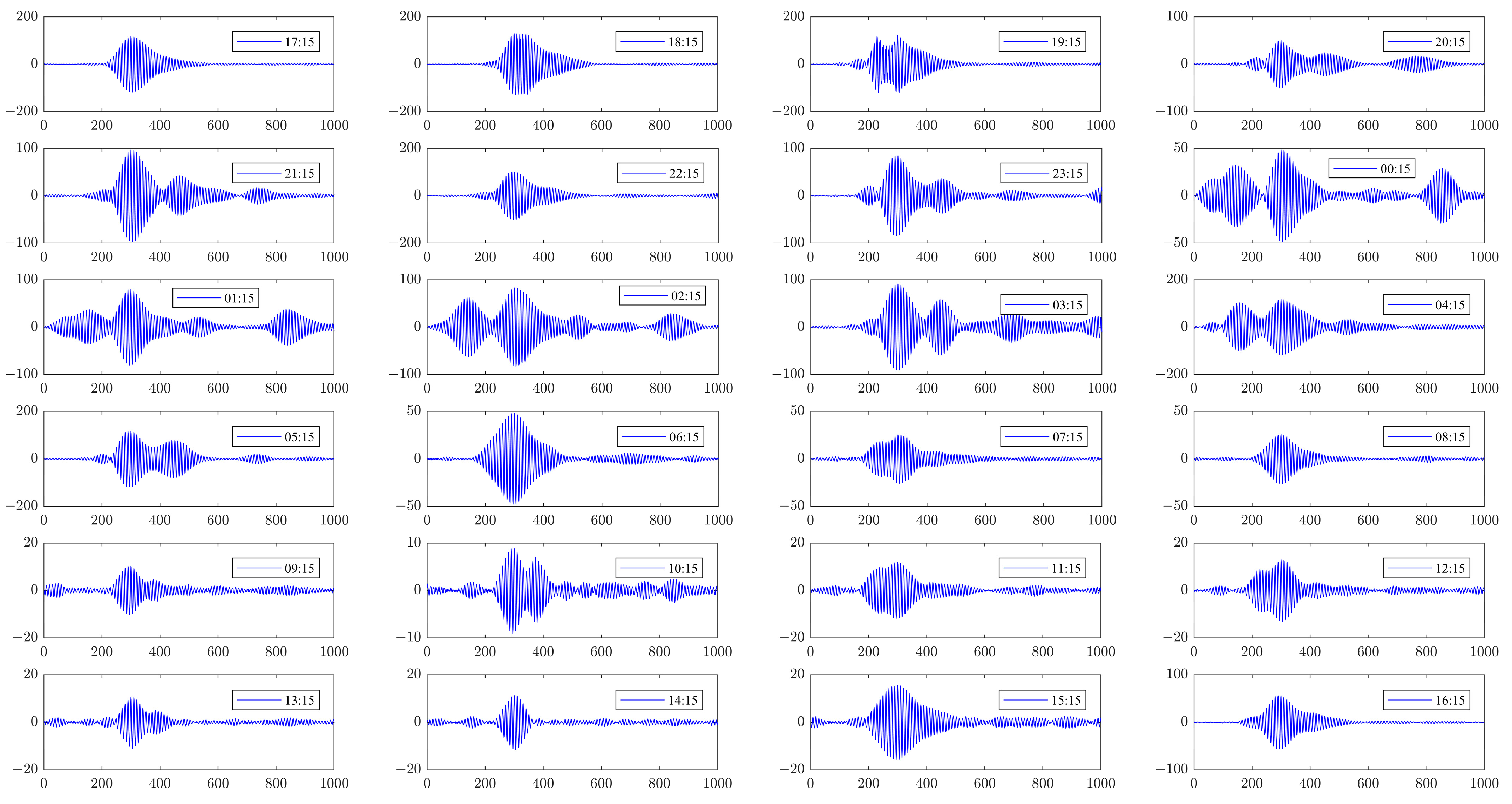
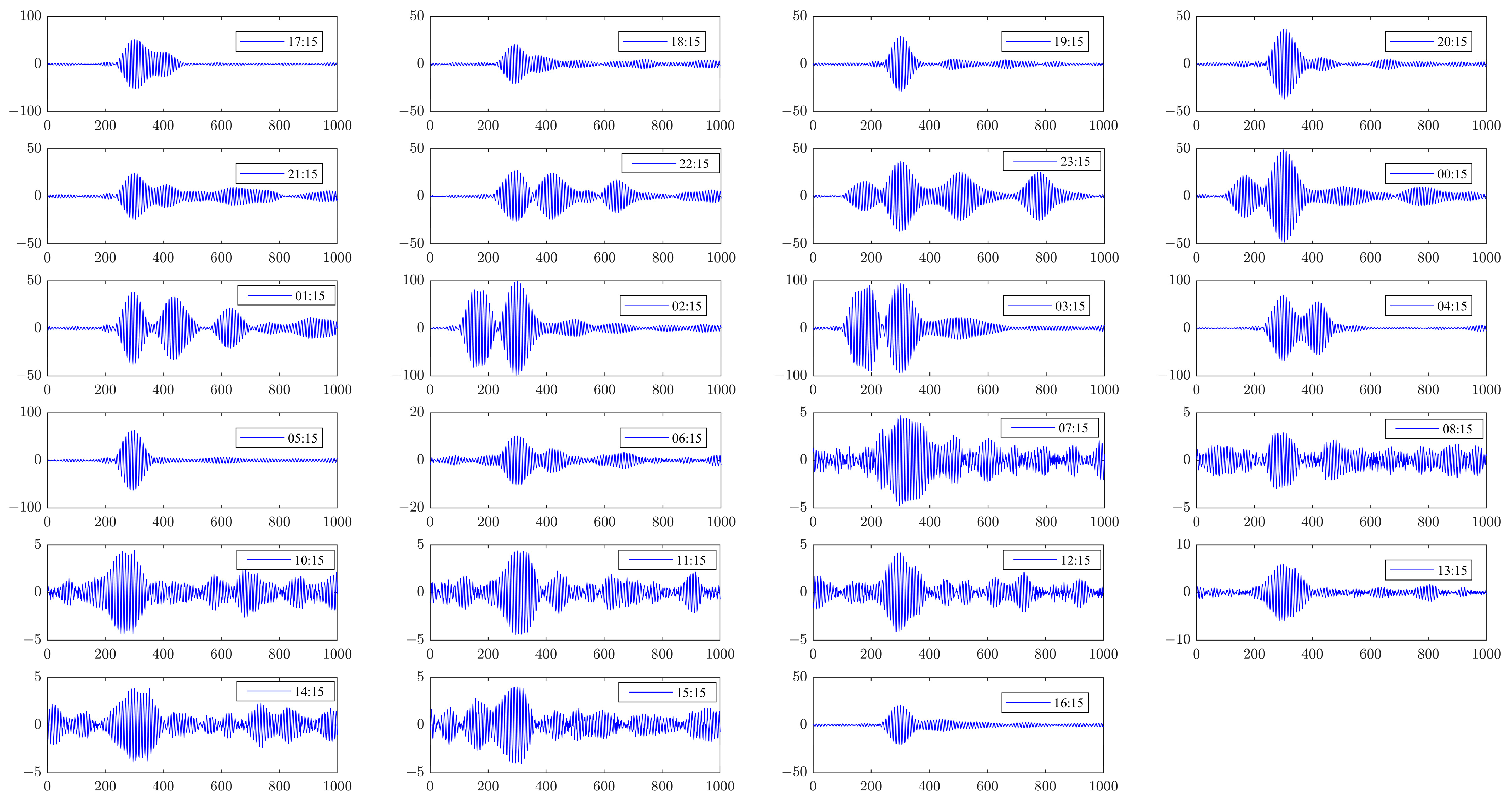
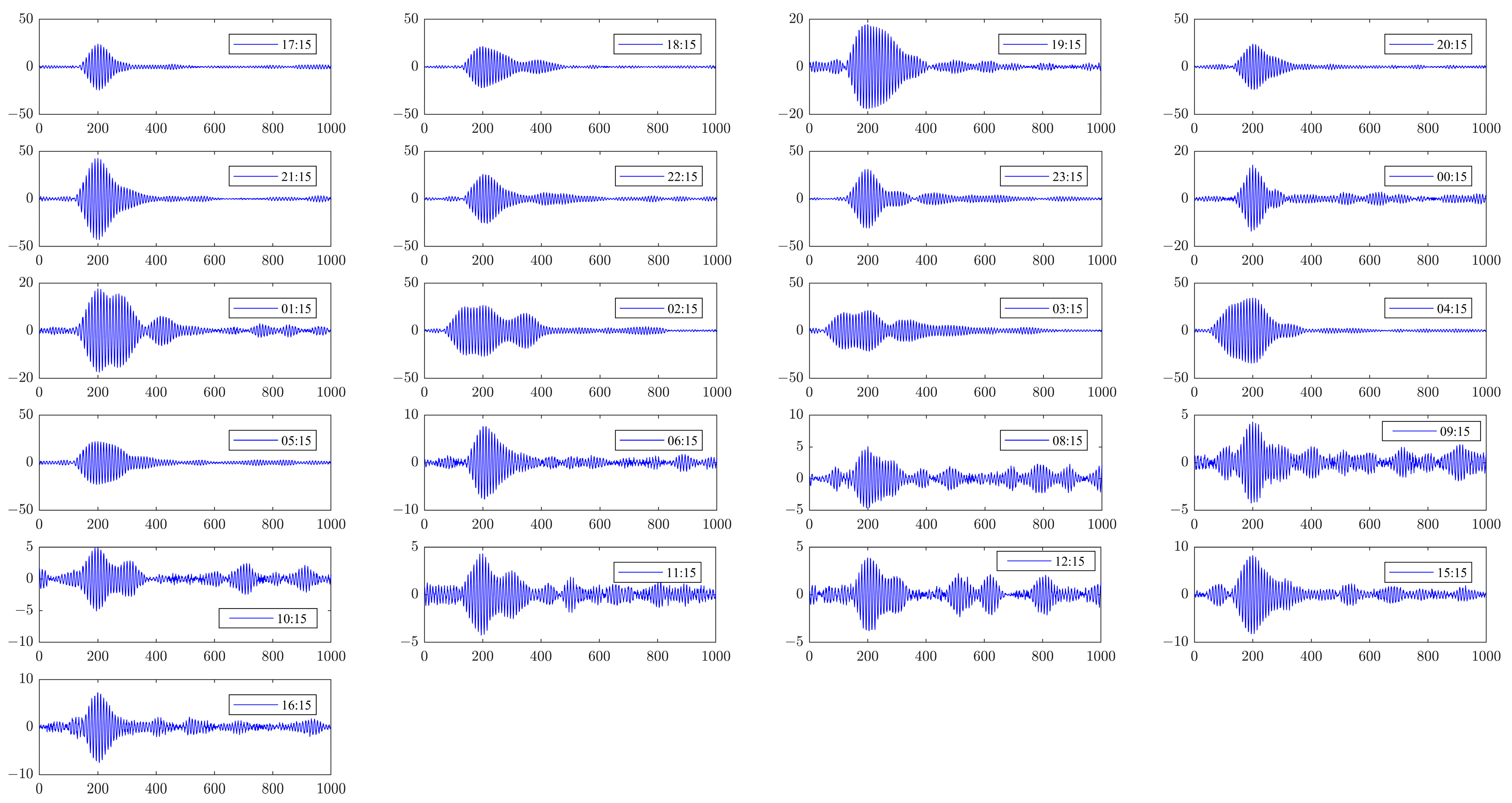
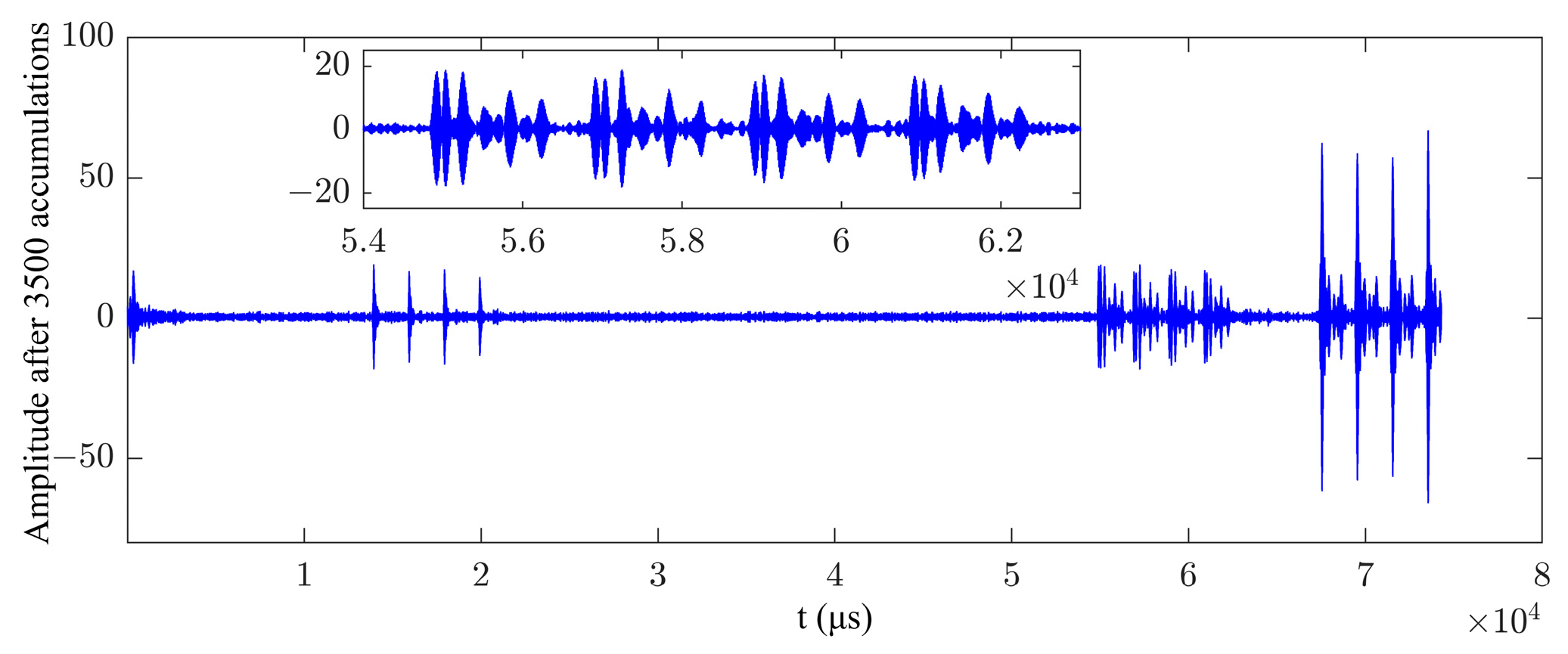
| GRI Interval | Master Station | Secondary Station |
|---|---|---|
| A | + + − − + − + − + | + + + + + − − + |
| B | + − − + + + + + − | + − + − + + − − |
| Chain | GRI (μs) | GRI Designator | Name of Station | ED (μs) | Ground Distance from Station to the Receiving Point (km) |
|---|---|---|---|---|---|
| South Sea chain | 67,800 | 6780 | Hexian (M) | \ | 1172.3 |
| Raoping (X) | 14,464.69 | 1397.2 | |||
| Chongzuo (Y) | 26,925.76 | 1312.0 | |||
| North Sea chain | 74,300 | 7430 | Rongcheng (M) | \ | 1240.1 |
| Xuancheng (X) | 13,459.70 | 988.85 | |||
| Helong (Y) | 30,852.32 | 1976.3 | |||
| Northwest Pacific chain | 83,900 | 8390 | Xuancheng (M) | \ | 988.85 |
| Raoping (X) | 13,795.52 | 1397.2 | |||
| Rongcheng (Y) | 31,459.70 | 1240.1 | |||
| LF timing station | 60,000 | 6000 | Pucheng | \ | 92.4 |
Disclaimer/Publisher’s Note: The statements, opinions and data contained in all publications are solely those of the individual author(s) and contributor(s) and not of MDPI and/or the editor(s). MDPI and/or the editor(s) disclaim responsibility for any injury to people or property resulting from any ideas, methods, instructions or products referred to in the content. |
© 2024 by the authors. Licensee MDPI, Basel, Switzerland. This article is an open access article distributed under the terms and conditions of the Creative Commons Attribution (CC BY) license (https://creativecommons.org/licenses/by/4.0/).
Share and Cite
Zhao, Z.; Liu, J.; Zhao, Y.; Zhang, J.; Song, J.; Xi, X. Measurement and Analysis of Loran-C Sky Waves throughout the Day. Electronics 2024, 13, 1240. https://doi.org/10.3390/electronics13071240
Zhao Z, Liu J, Zhao Y, Zhang J, Song J, Xi X. Measurement and Analysis of Loran-C Sky Waves throughout the Day. Electronics. 2024; 13(7):1240. https://doi.org/10.3390/electronics13071240
Chicago/Turabian StyleZhao, Zhenzhu, Jiangfan Liu, Yuchen Zhao, Jinsheng Zhang, Jiaxin Song, and Xiaoli Xi. 2024. "Measurement and Analysis of Loran-C Sky Waves throughout the Day" Electronics 13, no. 7: 1240. https://doi.org/10.3390/electronics13071240




